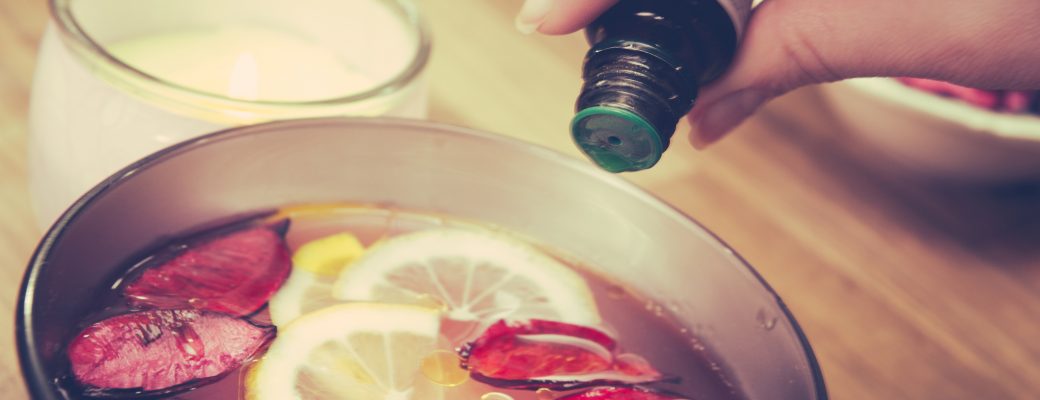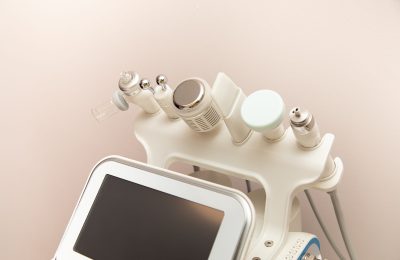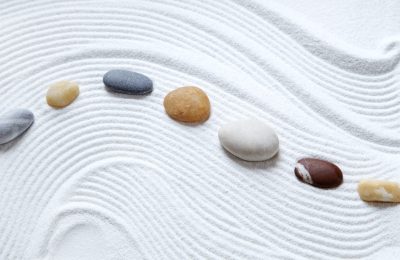Driven by a facilitated digitization of the world around us, the spa industry is currently evolving with advanced technologies in…
Aromatherapy: The power of scent
Scent is an important part of the spa experience because different scents have the power to affect us either negatively or positively. “The olfactory senses are very powerful,” says Zena Hallam, founder of Tazeka Aromatherapy. “When you smell something it takes you back to that place where you first smelled it and it evokes emotions and memories.”
Hallam is a certified clinical aromatherapist who grew up in Guyana, South America, watching her mother using herbal medicine to heal people in their village. Hallam has since learned to appreciate the healing power of essential oils. The Tazeka Aromatherapy collection includes blends that relieve headaches, pain, muscle tension and stress.
“Because the oils have the chemical components in them that have therapeutic benefits, we look for the components in a specific oil that will target that,” Hallam says. “When you inhale the scent of rose oil or lavender, you’re actually inhaling molecules…that travel up into your nose and get stuck to the olfactory membrane.” According to information on the Tazeka website, the olfactory membrane contains olfactory receptors, highly specialized nerve endings that recognize scent molecules and signal the olfactory bulb, which in turn signals the cortex and limbic system. Those signals result in the release of hormones and neurochemicals that can have a real healing and therapeutic effect.
It takes proper training and education for spa therapists to use aromatherapy effectively. Joy Watson and her daughter Julie Fischer are the owners of Joyessence Aromatherapy Centre in Guelph, Ontario, where they teach 450-hour aromatherapy courses to spa and wellness professionals. They specialize in a signature aroma massage treatment which Watson says is a very popular treatment for spas. “It’s a specialized technique that works on nerve centres of the back and the face, with essential oils applied,” she says. Fischer, who is a nurse by training, cautions that aromatherapy is not without its safety concerns. There are dilutions that shouldn’t be used and some essential oils used in aromatherapy that can have adverse effects on certain people in certain conditions. Because essential oils are as easily accessible as your nearest drugstore, education about the different uses and contraindications of essential oils is vital.
“There’s a lot of interest and, at the same time, confusion,” Fischer says. “It’s really important to us as a training centre that our students who come to us want to know… how to use the oils, how are they absorbed by the body, what are their benefits, and then of course… how do you use them safely.”
Once their students are armed with knowledge about how to use aromatherapy safely and effectively, Watson and Fischer encourage them to use their creativity to the therapeutic benefit of their clients. Fischer recalls a current student, a registered massage therapist, who developed her own signature blends for different areas of her office so that her client’s experience would start right at her front door. “You don’t just take a couple of oils and it smells good and you throw it in your hand and you rub it on somebody,” Fischer says. “It really is learning what those essences are and how to put them into practice.”

1. Cor Pendant – Calm, Focus And Energy Blends –

2. Ambrosia Aromatherapy – Aromatic Wellness Soak – Ylang-Ylang & Orange

3. ESPA – Winter Spice Reed Diffuser & Restorative Ceramic Diffuser

4. Makes Scents Spa Line – Eco Soy Candles (Java Junkie, Pumpkin Spice, Purify)





